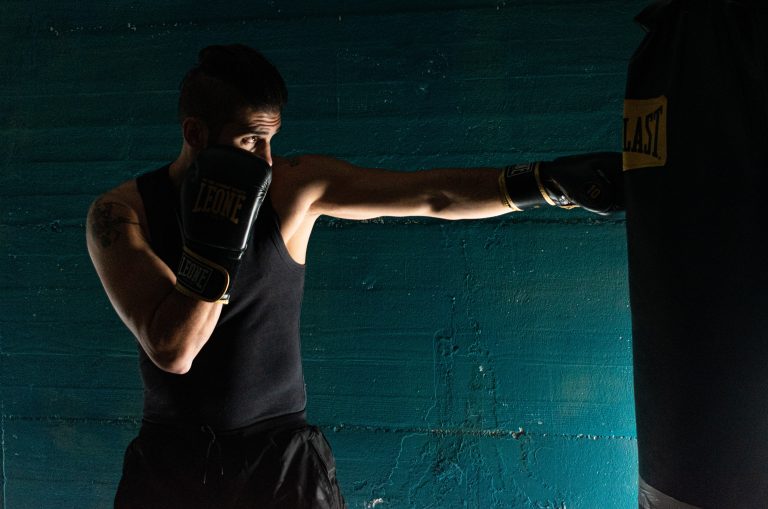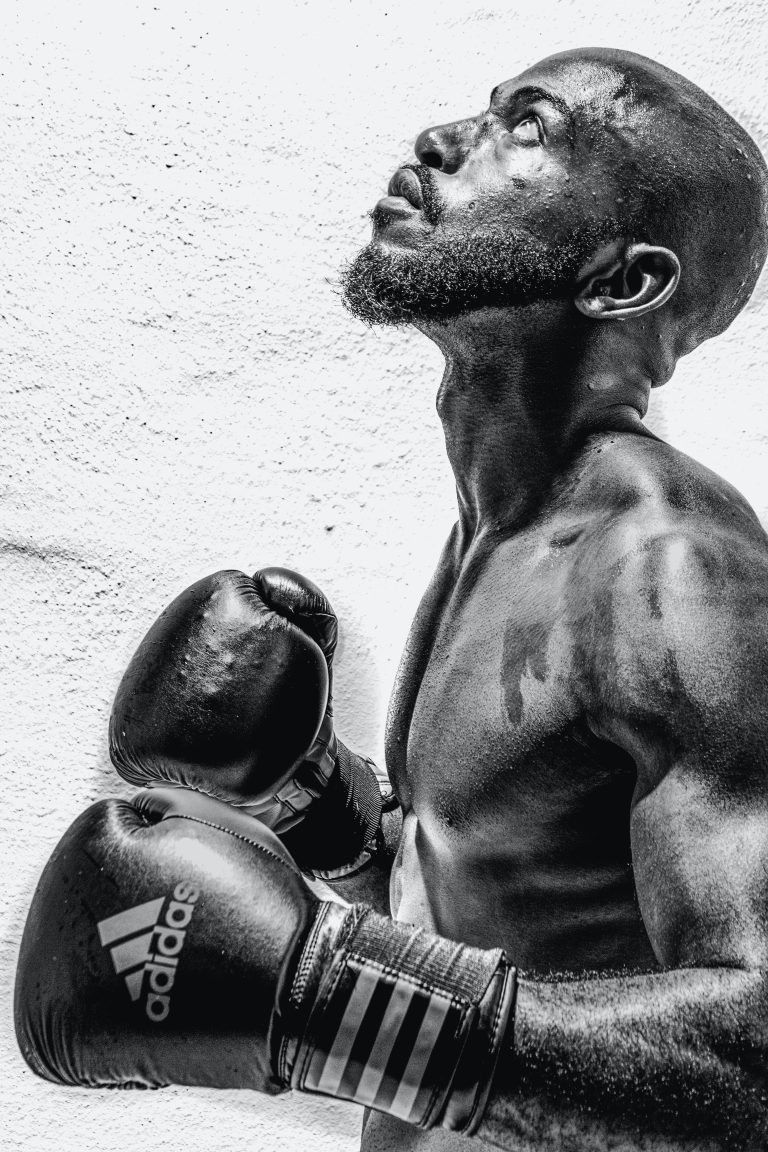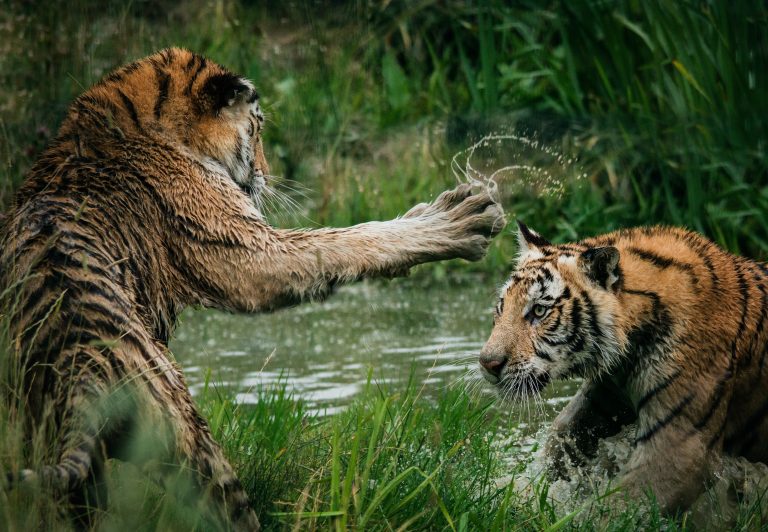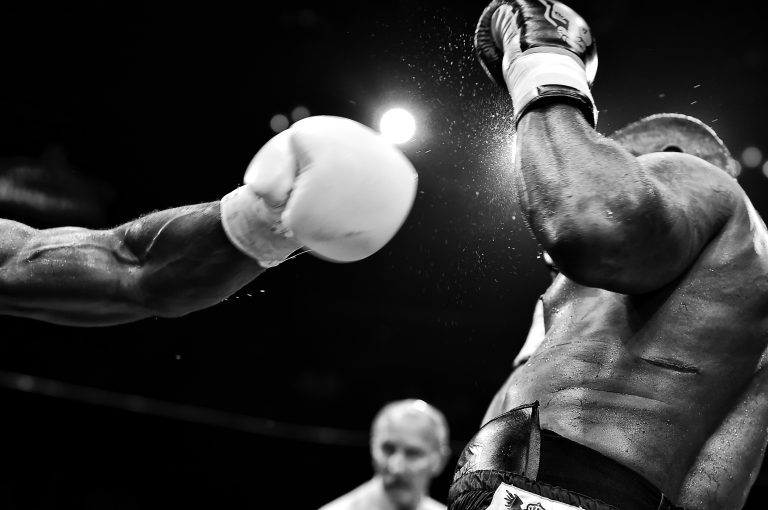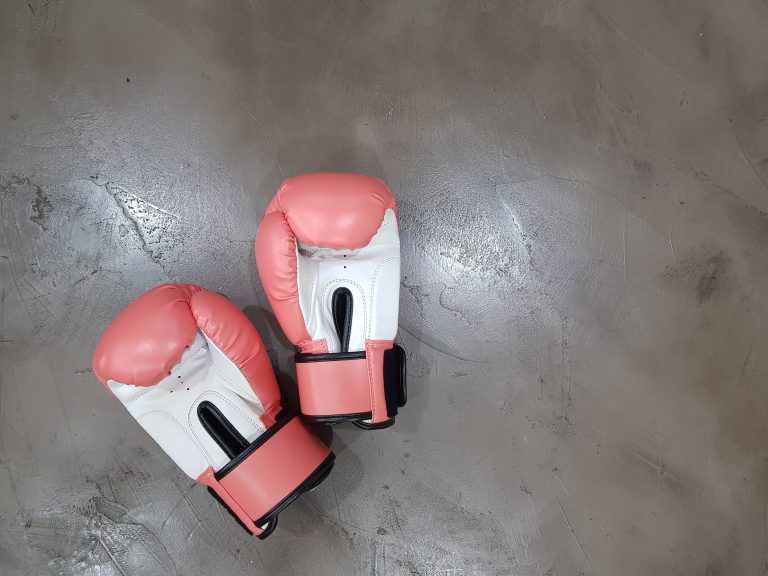Why Karate: Understanding the Benefits and Importance of Martial Arts
Karate has been one of the most popular forms of martial arts in the world for decades. From physical strength and flexibility, to mental focus and self-discipline, there are numerous benefits of practicing karate. In this blog post, we will explore the reasons why karate is an excellent activity for people of all ages, genders, and fitness levels. We will also discuss the importance of martial arts in everyday life, and how karate can help boost one’s self-esteem, confidence, and overall well-being.
The Physical Benefits of Karate
One of the most obvious benefits of karate is the improvement in one’s physical fitness. Whether you are a seasoned athlete or a beginner, practicing karate can help you build strength, flexibility, and endurance. Karate involves a variety of movements and techniques that require coordination and power, such as kicking, punching, and blocking. These movements help develop muscles and increase stamina, leading to a healthier, fitter body.
Another benefit of karate is the development of balance and agility. Karate includes a wide array of footwork and balance exercises, which help improve coordination and spatial awareness. This increased awareness also helps in daily life situations, such as walking on uneven surfaces, picking up objects, or even driving.
The Mental Benefits of Karate
In addition to physical fitness, karate also provides numerous mental health benefits. Karate requires focus and concentration, which helps improve mental clarity and cognitive function. This mental stimulation can also help reduce stress levels and improve overall well-being.
Furthermore, practicing karate can help develop self-discipline and self-control. As a martial art, karate requires strict adherence to rules and regulations, and emphasizes respect for oneself and others. This discipline translates to other aspects of life, such as work, school, and relationships. By practicing karate, individuals can learn how to set and achieve goals, stay motivated, and become more confident in their abilities.
Additional Benefits of Karate
Karate provides numerous additional benefits beyond physical and mental health. For example, it can help improve self-defense and personal safety skills, which are essential in today’s world. Karate also promotes social connections and a sense of community, as most dojos (karate studios) have a strong emphasis on teamwork and camaraderie. Additionally, karate can be a fun and engaging activity for children and adults alike, helping to combat boredom and mental stagnation.
The Importance of Martial Arts in Everyday Life
Beyond the specific benefits of karate, martial arts in general are an essential aspect of personal development and growth. Martial arts help individuals develop a positive mindset and attitude, which leads to better decision-making and improved relationships. Additionally, martial arts teach individuals how to handle difficult situations with calmness and clarity, which is essential in today’s fast-paced and stressful world.
Moreover, martial arts help promote cultural understanding and diversity. As a global sport, karate brings together people from different backgrounds and cultures, fostering mutual respect and understanding. By learning about different cultures and perspectives, individuals become more open-minded, tolerant, and accepting of others.
The Most Frequently Asked Questions About Karate
If you are considering taking up a new martial arts practice, you may have some questions about the discipline before you get started. Karate, in particular, has been practiced for centuries and is one of the most popular martial arts in the world. In this article, we will be answering some of the most frequently asked questions about karate, so you can get a better understanding of what it’s all about.
What is Karate?
Karate is a martial art that originated in Okinawa, Japan, and is now practiced all over the world. It is a striking-based discipline that involves punches, kicks, knee strikes, elbow strikes, and open-handed techniques. The ultimate goal of karate is to develop a strong character with positive mental and physical attributes, as well as a deep understanding of self-defense.
What are the benefits of practicing Karate?
There are many benefits to practicing karate, including physical and mental advantages. Practicing karate can help you to build strength, flexibility, and agility. It also improves cardiovascular health and can help you to lose weight. Karate can also be a great stress reliever, as it requires intense focus and presence in the moment. Additionally, karate can help to develop discipline, focus, self-confidence, and a sense of community and belonging.
Is Karate difficult to learn?
Like any martial art, karate requires dedication and discipline to learn. However, it is not necessarily more difficult than other martial arts. Many karate schools offer programs designed specifically for beginners, helping students to develop basic techniques and build their strength and flexibility. With practice and dedication, anyone can learn karate.
Do I need any special equipment to practice Karate?
To get started with karate, you will need a few basic pieces of equipment. These include a karate uniform, also known as a gi, and a white belt. As you progress in your training, you may need to purchase a colored belt to denote your rank within the discipline. You may also want to invest in protective gear, such as gloves and shin guards, if you plan to engage in sparring or other forms of contact training.
What are the different styles of Karate?
There are many different styles of karate, each with its unique practice and techniques. Some popular styles of karate include Shotokan, Goju-Ryu, Shito-Ryu, and Wado-Ryu. Each style emphasizes different techniques and philosophies, so it’s important to research and find a style that resonates with you.
How do I find a good Karate school?
Finding a good karate school can be a challenge, but there are a few key things to look for. First, make sure the school is accredited and led by a qualified instructor. Look for reviews and testimonials from other students, and ask if you can observe a class before enrolling. It’s also important to find a school that aligns with your goals and values in practicing karate.
How to Start Practicing Karate: A Step-by-Step Guide
Are you interested in starting a martial arts practice, but not sure where to begin? Karate is a great option for those looking to improve their physical fitness, mental discipline, and self-defense skills. In this guide, we’ll walk you through the steps to start practicing karate.
Step 1: Find a Dojo Near You
The first step in starting your karate journey is to find a dojo, or karate school, near you. You can do this by searching online for „karate schools near me“ or by asking for recommendations from friends and family.
Once you’ve found some potential dojos, you should visit them in person before making a decision. This will give you a chance to speak with the instructors, observe a class, and get a feel for the overall atmosphere of the school.
Step 2: Choose a Style
There are many different styles of karate, each with its own unique techniques, training methods, and philosophies. Some of the most popular styles include Shotokan, Goju-Ryu, and Shito-Ryu.
When choosing a style, it’s important to consider your goals for practicing karate. If your main focus is on self-defense, a style that emphasizes practical techniques and real-life scenarios may be best. If you’re more interested in the traditional aspects of martial arts, a more traditional style may be a better fit.
Step 3: Understand the Belt System
The belt system in karate is a way of tracking progress and ranking students. As a new student, you will likely start at the white belt level and work your way up through different colors until you reach the coveted black belt.
It’s important to understand that the belt system is not just about physical skill, but also about mental discipline and character development. Each belt level represents a new set of challenges and opportunities for growth.
Step 4: Get Proper Equipment
To start practicing karate, you’ll need to have the right equipment. The most important pieces of equipment are a karate uniform, or gi, and a belt. Some dojos may require additional equipment, such as sparring gear or protective pads.
Make sure to purchase high-quality equipment that fits properly and is comfortable to wear. This will ensure that you can focus on your training without being distracted by ill-fitting gear.
Step 5: Attend Classes Regularly
Consistency is key when it comes to practicing karate. You should aim to attend classes at least two or three times per week in order to make progress and stay committed to your training.
During classes, make sure to pay close attention to the instructor and follow their directions carefully. Practice techniques slowly and methodically at first, focusing on proper form and technique rather than speed or power.
Step 6: Practice at Home
In addition to attending classes, you should also practice karate on your own at home. This can include working on basic techniques, practicing kata (a series of choreographed movements), or engaging in strength and conditioning exercises.
Make sure to practice in a safe and controlled environment, such as a spacious room or backyard. You can also use instructional videos or online resources to supplement your training and learn new techniques.
Step 7: Stay Committed
Finally, the most important step in starting your karate practice is to stay committed to the process. Karate is a challenging and demanding discipline, and progress may come slowly at times. But with dedication, persistence, and a willingness to learn and grow, you can achieve your goals and become a skilled karate practitioner.
In conclusion, starting a karate practice can be a deeply rewarding experience that offers both physical and mental benefits. By following these steps and staying committed to your training, you can begin your journey toward mastery in this ancient martial art.
Inhaltsverzeichnis

